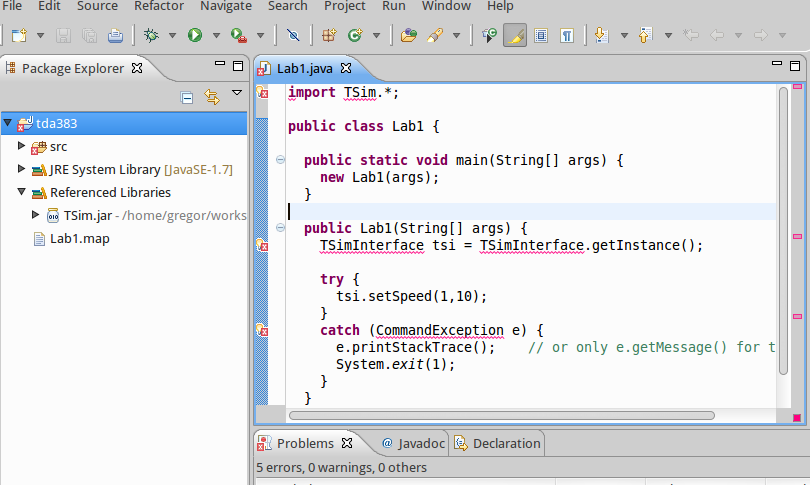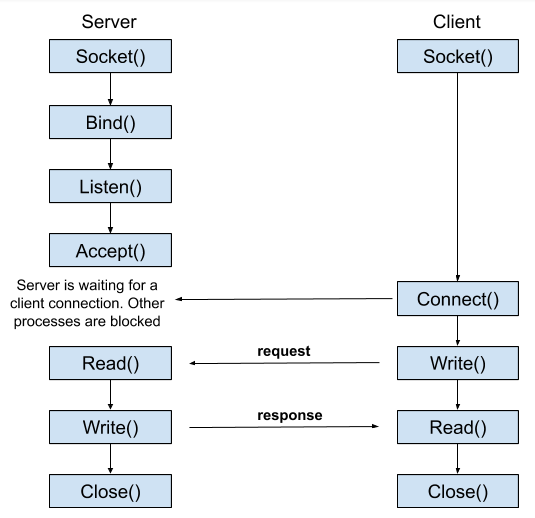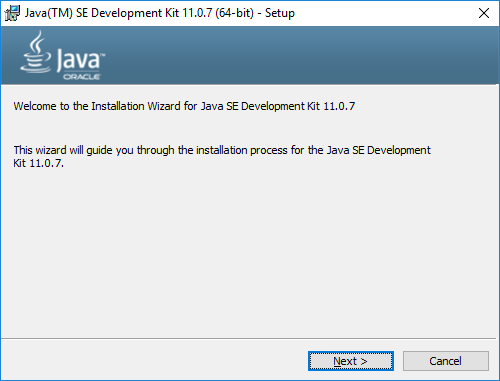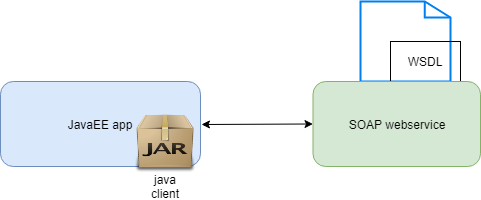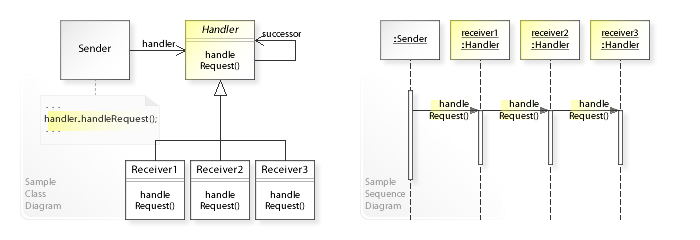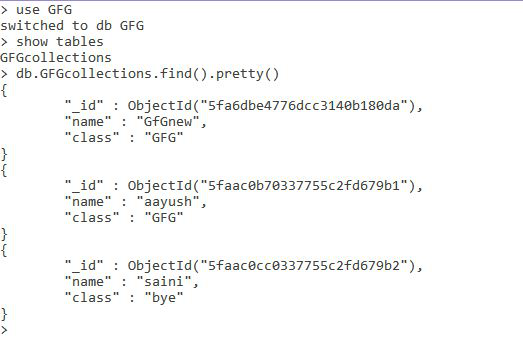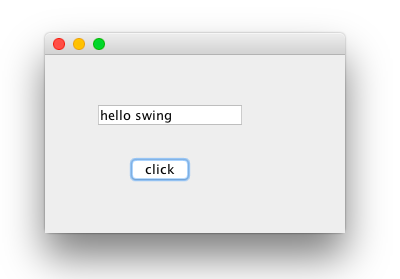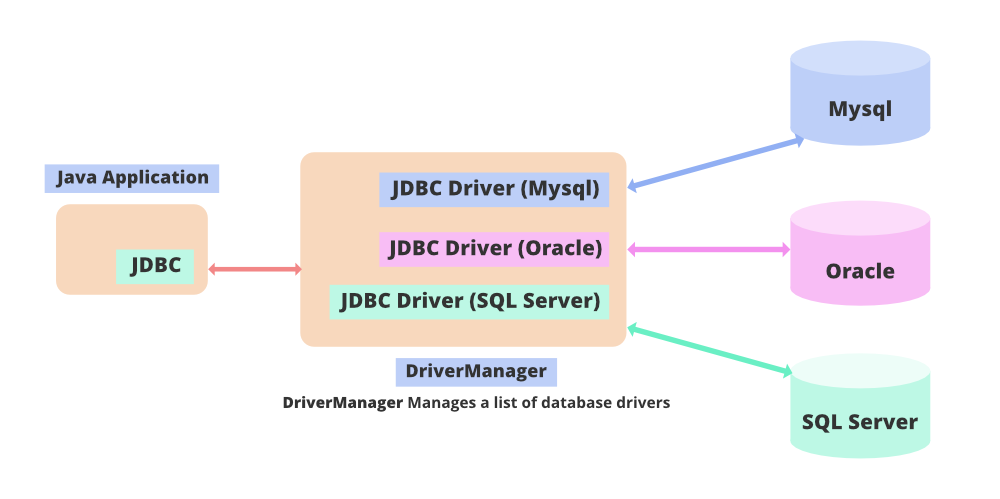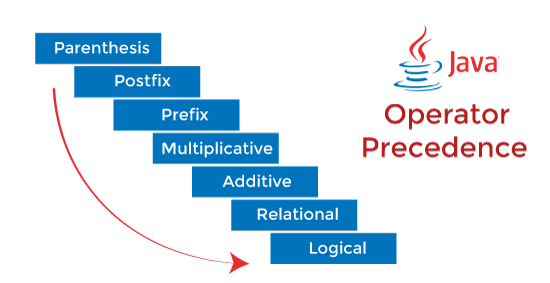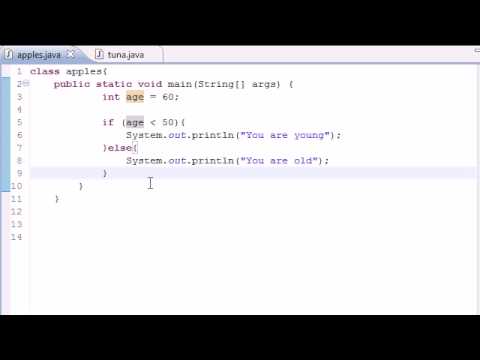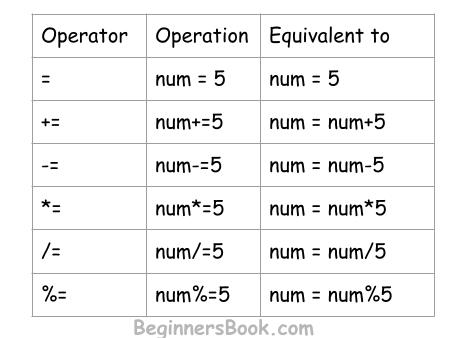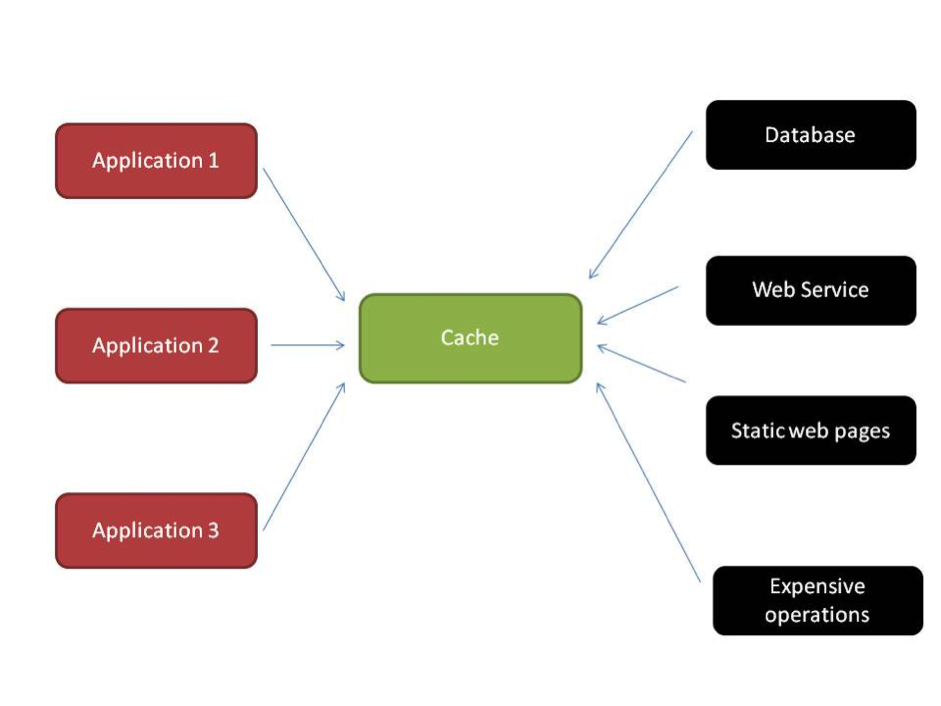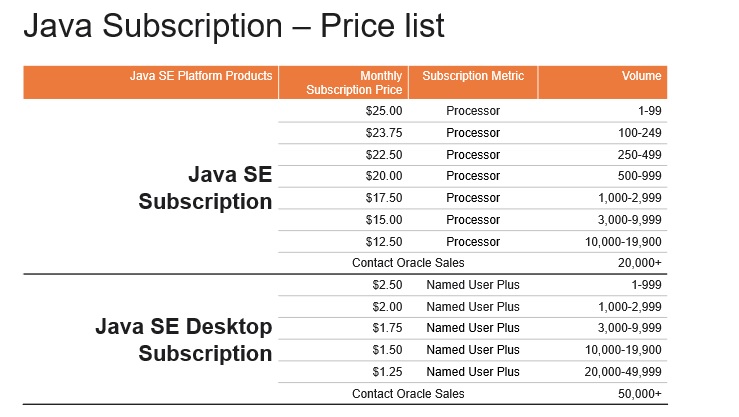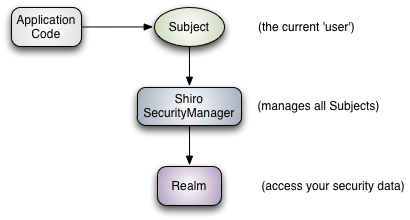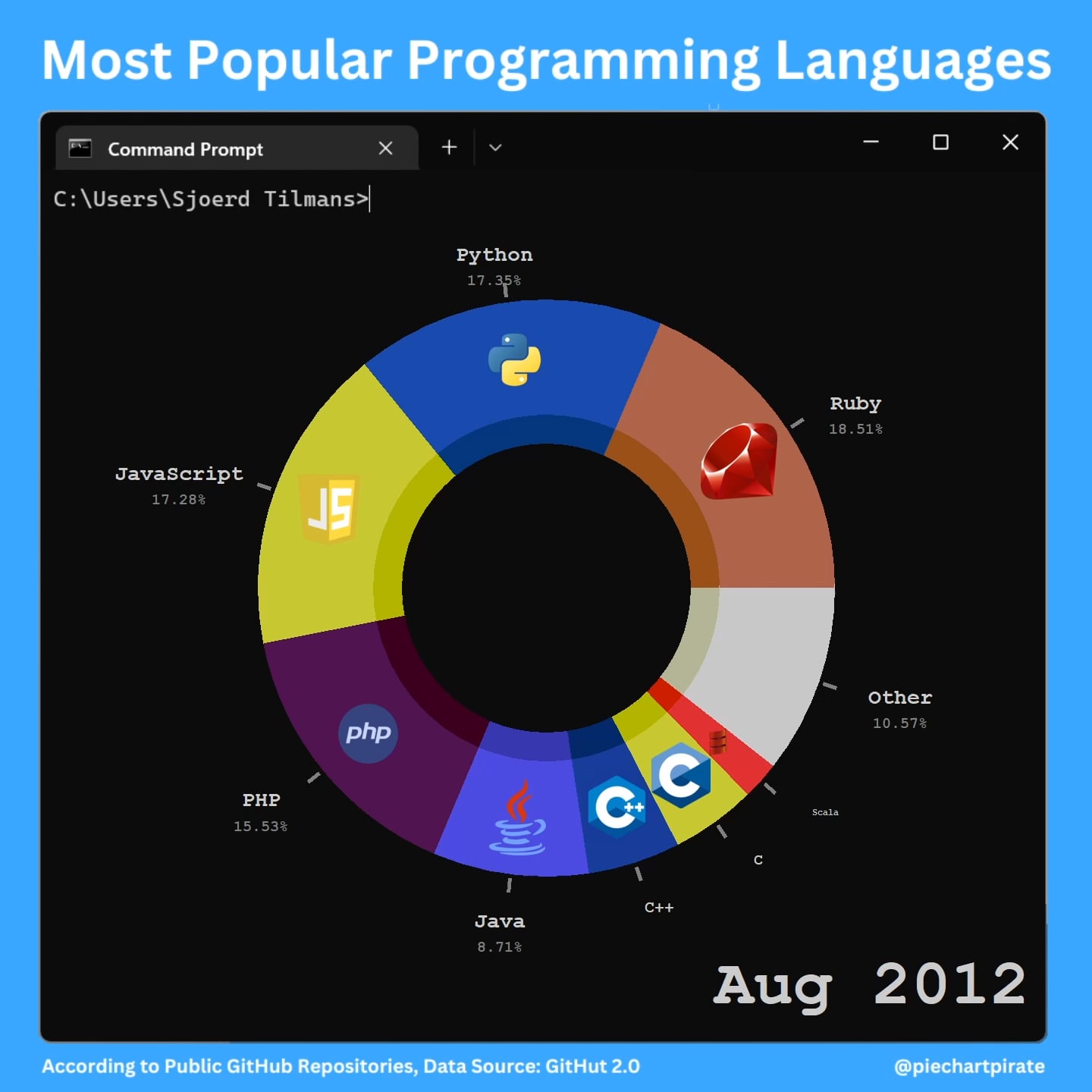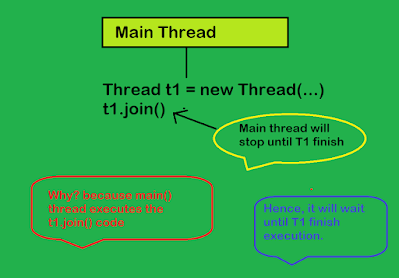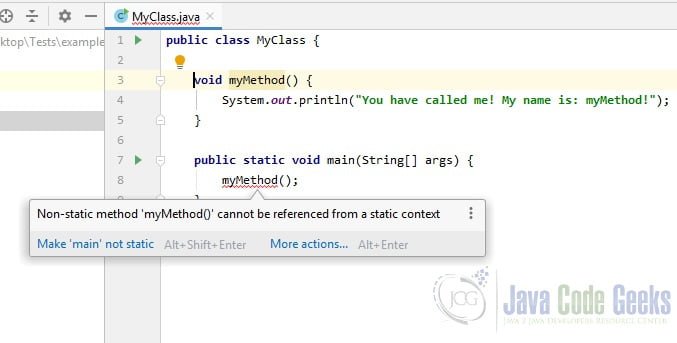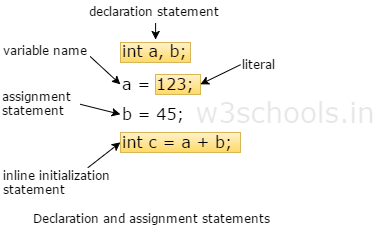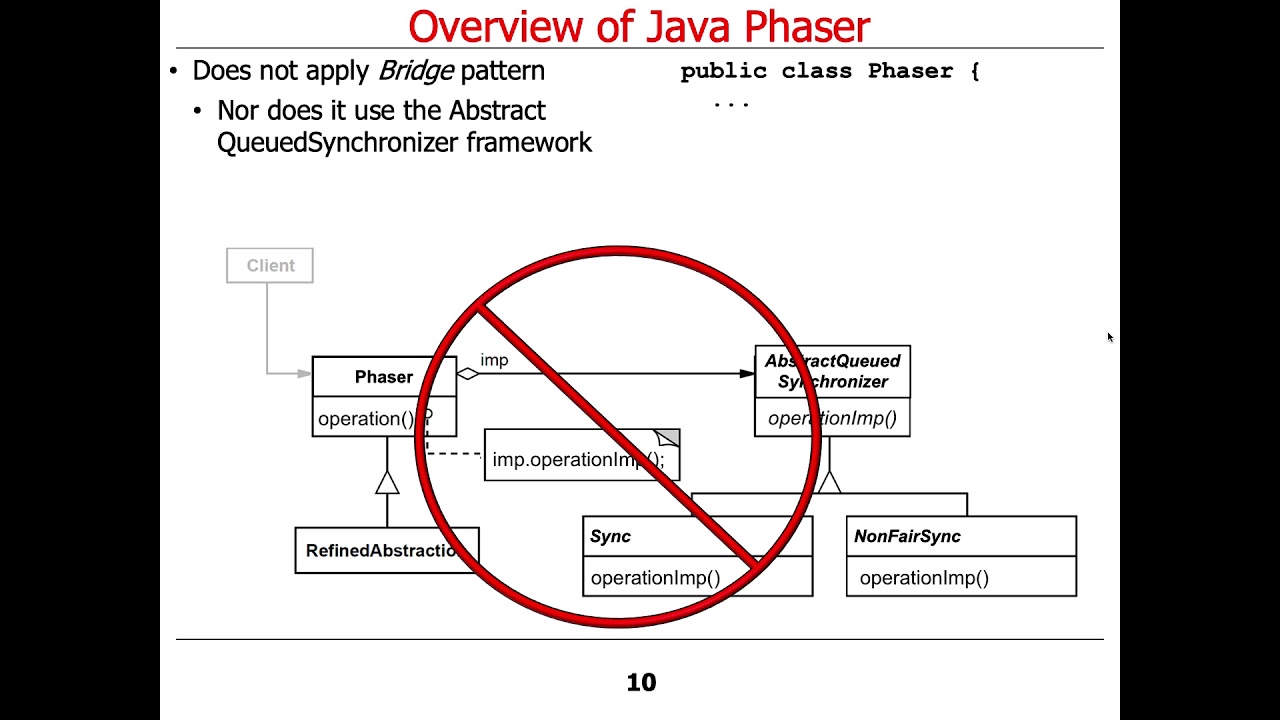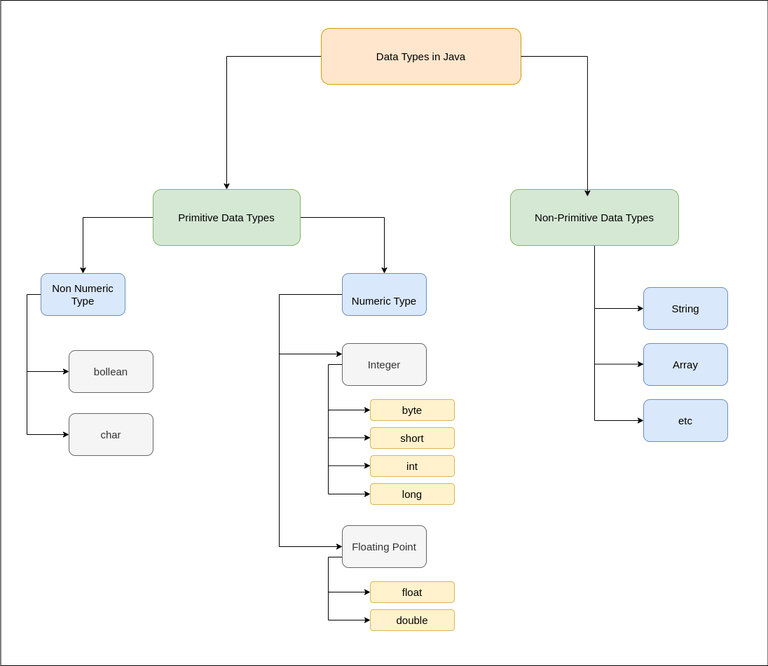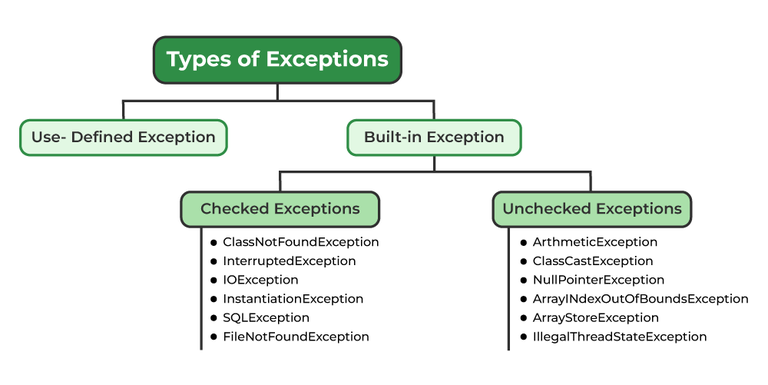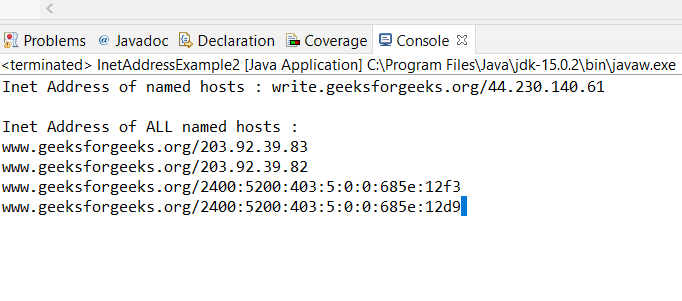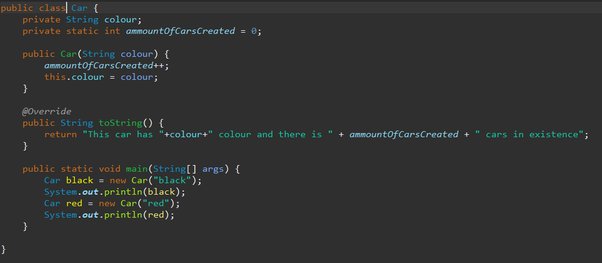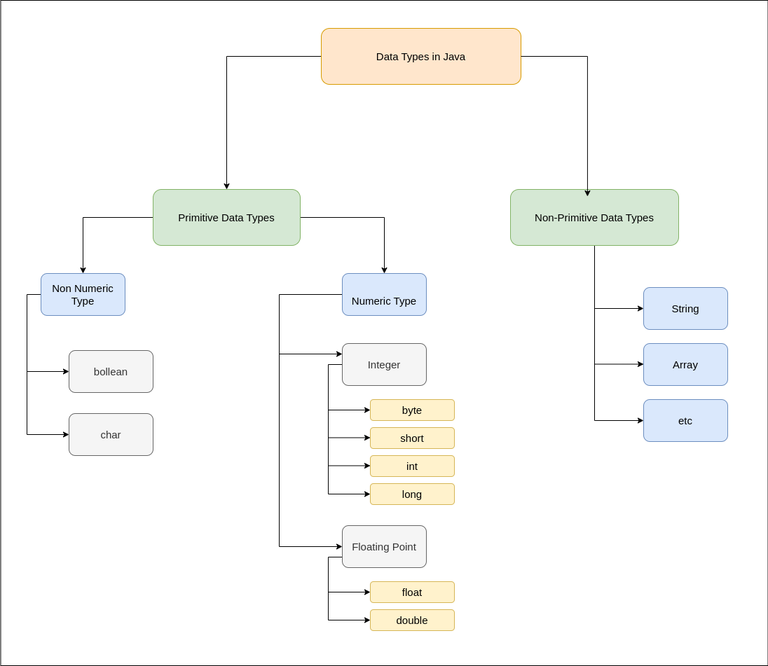What is the difference between a class and an object in Java?
What is the difference between a class and an object in Java?
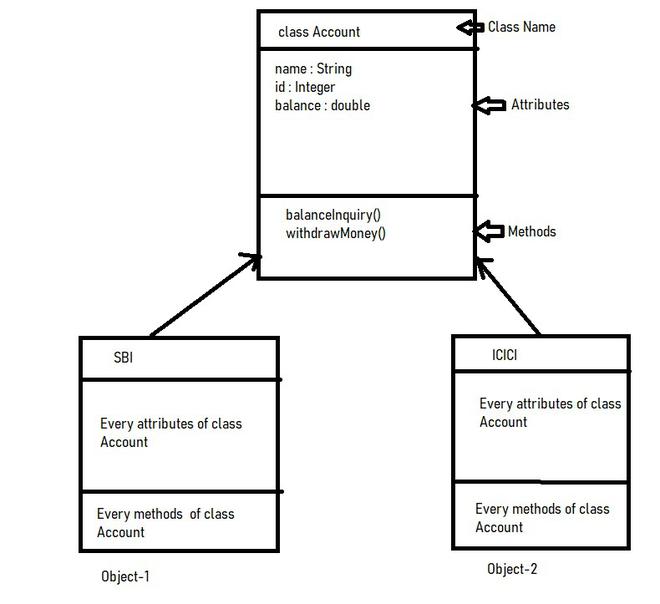
I'm happy to help! However, I'll respond in English as per your request.
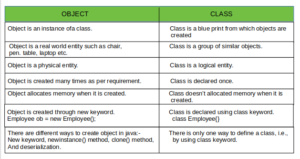
In Java, both classes and objects are fundamental concepts that are often confused with each other. A class and an object are not the same thing, but they're intimately connected.
What is a Class?
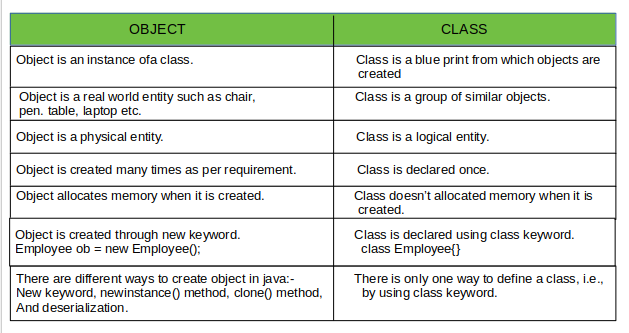
A class is a blueprint or a template that defines the characteristics and behavior of an object. In other words, it's a design pattern that specifies the properties (data) and methods (functions) that an object can have. A class is essentially a template for creating objects.
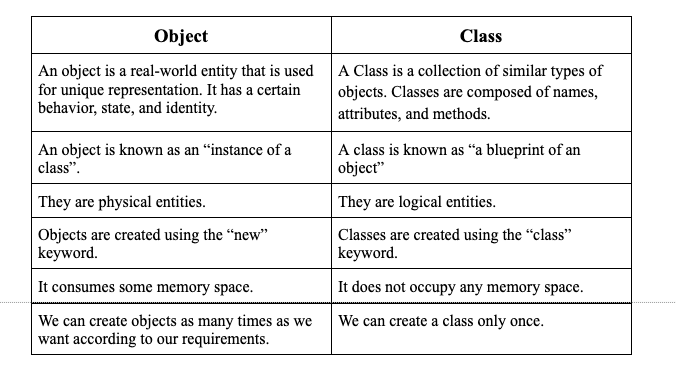
Think of a class as a cookie cutter. You can use this cookie cutter to create multiple cookies with the same shape and characteristics. Similarly, you can use a Java class to create multiple objects with similar properties and behaviors.
What is an Object?
An object, on the other hand, is an instance of a class. It's a concrete entity that has its own set of attributes (data) and methods (functions). An object has its own unique state, which is defined by the values it holds for its attributes.
To continue the cookie analogy, each cookie baked using the same cookie cutter (class) will have its own unique characteristics, such as shape, size, color, and texture. Similarly, each object created from a class in Java will have its own distinct set of attributes and methods.
Key Differences
Here are some key differences between classes and objects:
Abstract vs. Concrete: A class is an abstract concept, while an object is a concrete entity. Template vs. Instance: A class serves as a template for creating objects, whereas an object is an actual instance of that class. Multiple vs. Single: You can create multiple objects from the same class, but each object has its own unique state and behavior.Why are Classes and Objects Important?
Understanding the difference between classes and objects is crucial in Java programming because it allows you to:
Define Reusable Code: By creating a class, you can write reusable code that can be used to create multiple objects with similar characteristics. Create Complex Systems: By instantiating objects from different classes, you can build complex systems by combining the behaviors and attributes of multiple objects.In summary, a class is a template or blueprint for creating objects, while an object is an instance of a class with its own unique state and behavior. Understanding this distinction is essential for building robust and maintainable Java applications.
What are the objects in Java?
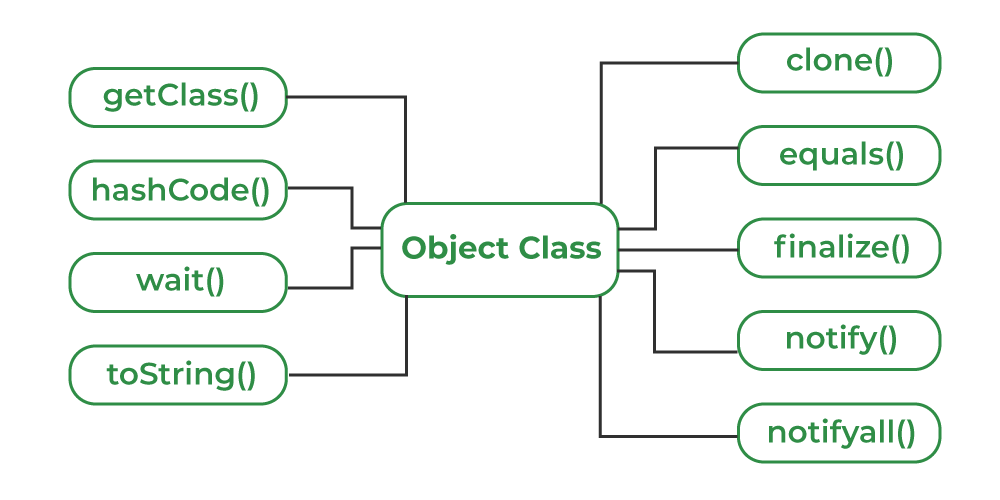
In Java programming language, an object is an instance of a class that has its own set of attributes (data) and methods (functions). Objects are the basic building blocks of Java programs. Every object is created by calling a constructor method, which is used to initialize the object's attributes.
A class in Java defines the characteristics and behavior of an object. It is essentially a blueprint for creating objects. A class can have properties (data) and methods (functions). Objects created from a class are instances of that class and have their own set of values for its attributes.
Objects can be thought of as containers that hold both data (attributes or state) and functionality (methods or behavior). The data is represented by the object's attributes, which can be accessed through getter and setter methods. The functionality is represented by the object's methods, which describe what actions an object can perform.
Java objects have the following properties:
State: Objects have their own set of attributes (data) that define its state. Behavior: Objects have a set of methods (functions) that describe what actions they can perform. Identity: Each object has its own unique identity, which is used to differentiate it from other objects.Java objects are created using the new keyword, followed by the name of the class and the constructor method. For example:
MyObject obj = new MyObject();
In this example, obj is an object created from the MyObject class.
Some important concepts related to Java objects include:
Encapsulation: Objects hide their internal state (attributes) and expose only necessary information through methods. Abstraction: Objects represent real-world entities or abstract concepts, hiding complexity behind a simple interface. Inheritance: A subclass inherits attributes and methods from its superclass, allowing for code reuse and specialization.Java objects also have the following properties:
Polymorphism: Objects of different classes can be treated as if they were of the same class. Method overriding: Methods in subclasses can override those in their superclasses, providing customized behavior. Method overloading: Multiple methods with the same name but different parameters can be defined in a class.In summary, Java objects are instances of classes that have their own set of attributes and methods. They provide encapsulation, abstraction, inheritance, polymorphism, method overriding, and method overloading, which enable developers to write reusable, maintainable, and efficient code.


